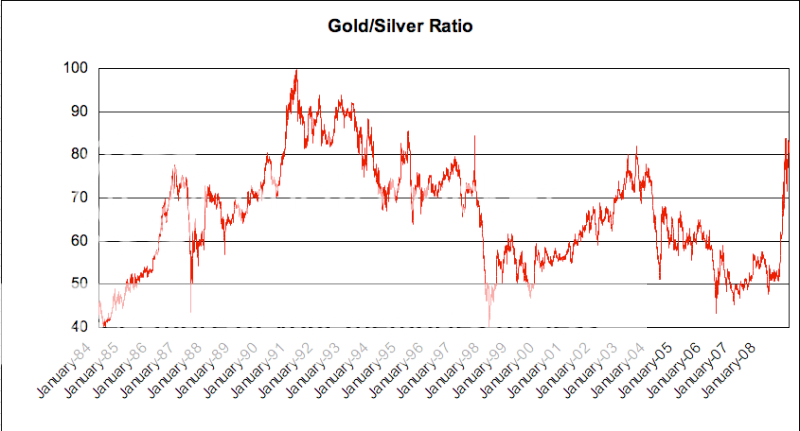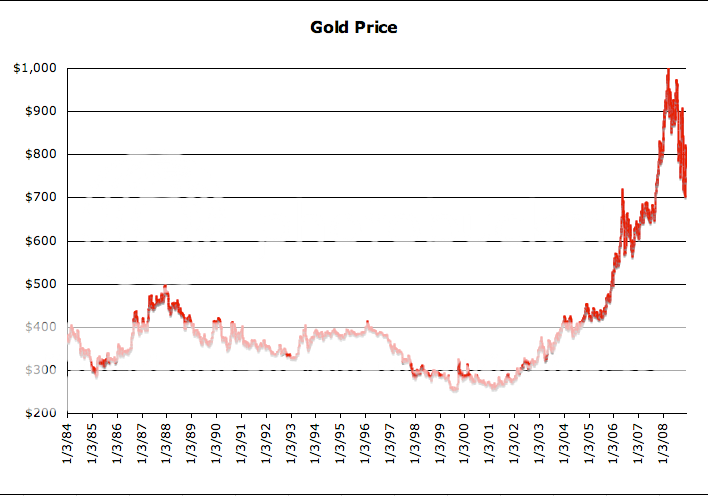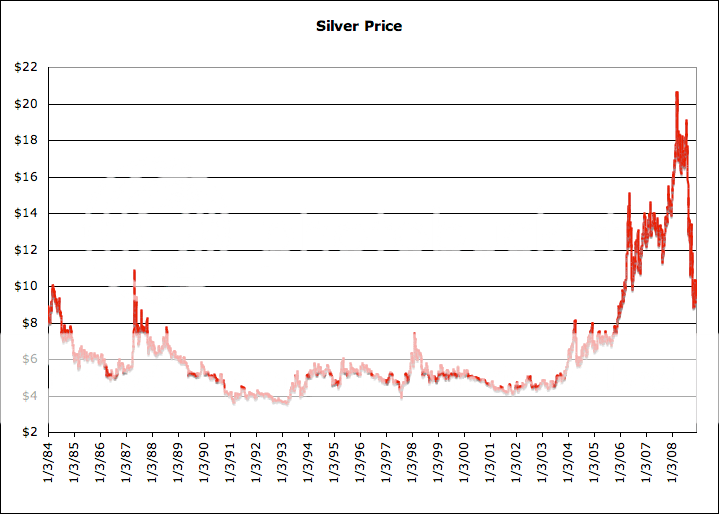gonegolfin
Member
... again. They first entered into backwardation on Tuesday and Wednesday (first time in history (at least for Gold) - on close) of last week.
COMEX Gold ...
Gold (Globex) Futures Price Quote
The January contract is down $1.60 from the December contract. However, much more importantly, the front month contract (February) is down $0.10 from the December contract.
COMEX Silver ...
Silver (Globex) Futures Price Quote
The January and February contracts are down from the December contract. But the front month contract (March) is still slightly higher ($0.04) than the December contract.
Brian
COMEX Gold ...
Gold (Globex) Futures Price Quote
The January contract is down $1.60 from the December contract. However, much more importantly, the front month contract (February) is down $0.10 from the December contract.
COMEX Silver ...
Silver (Globex) Futures Price Quote
The January and February contracts are down from the December contract. But the front month contract (March) is still slightly higher ($0.04) than the December contract.
Brian
Last edited:


